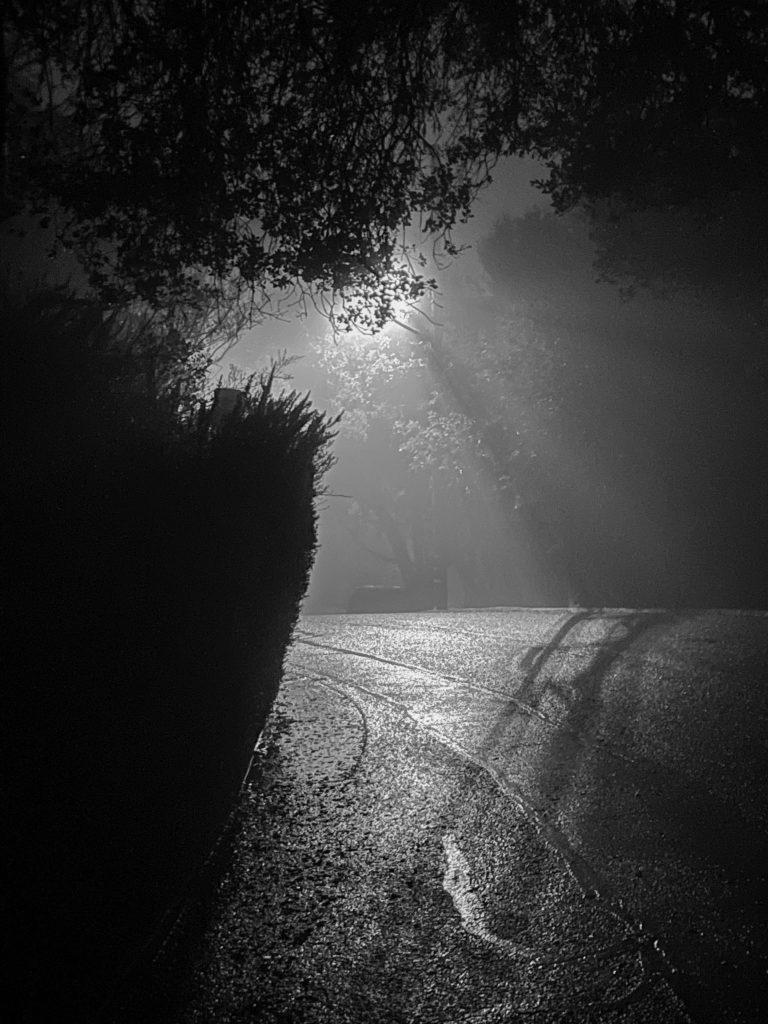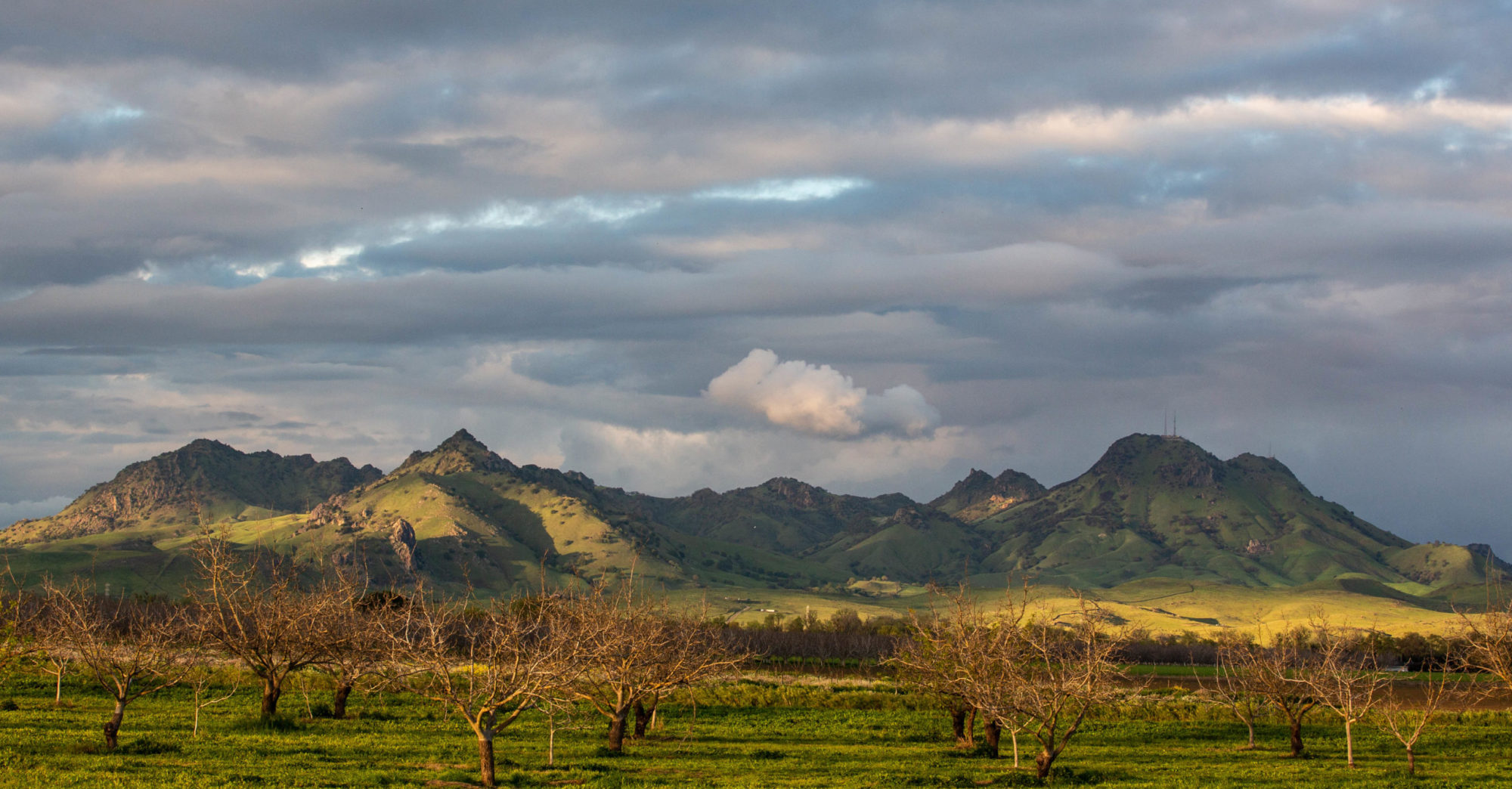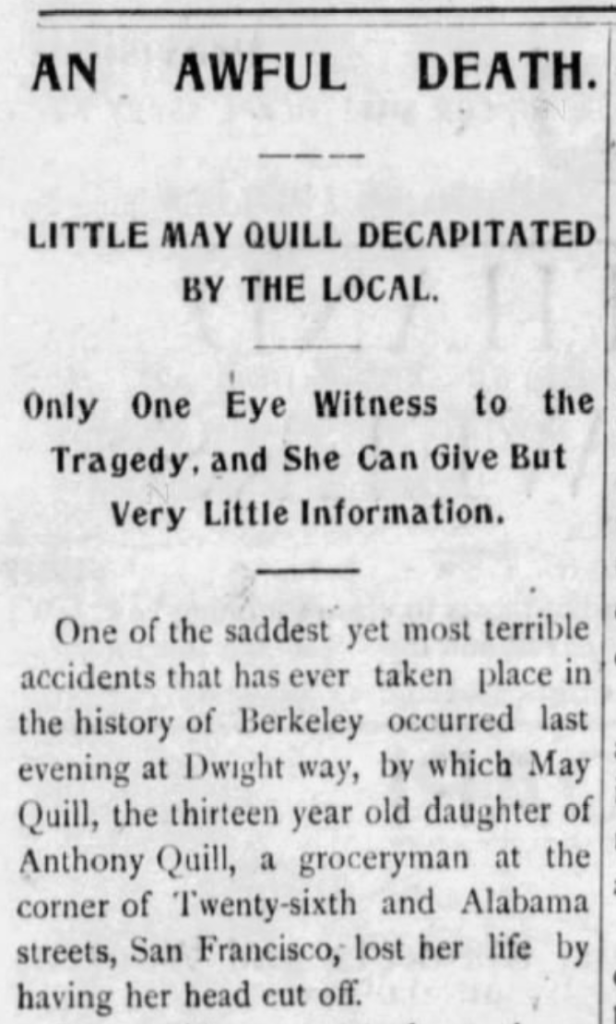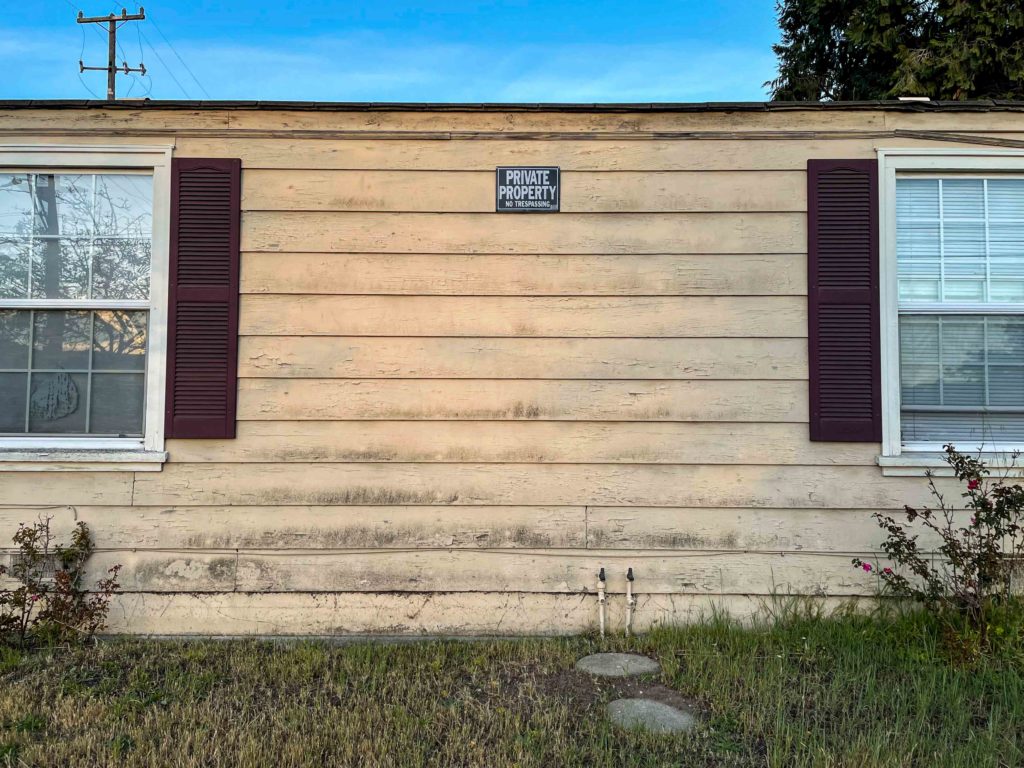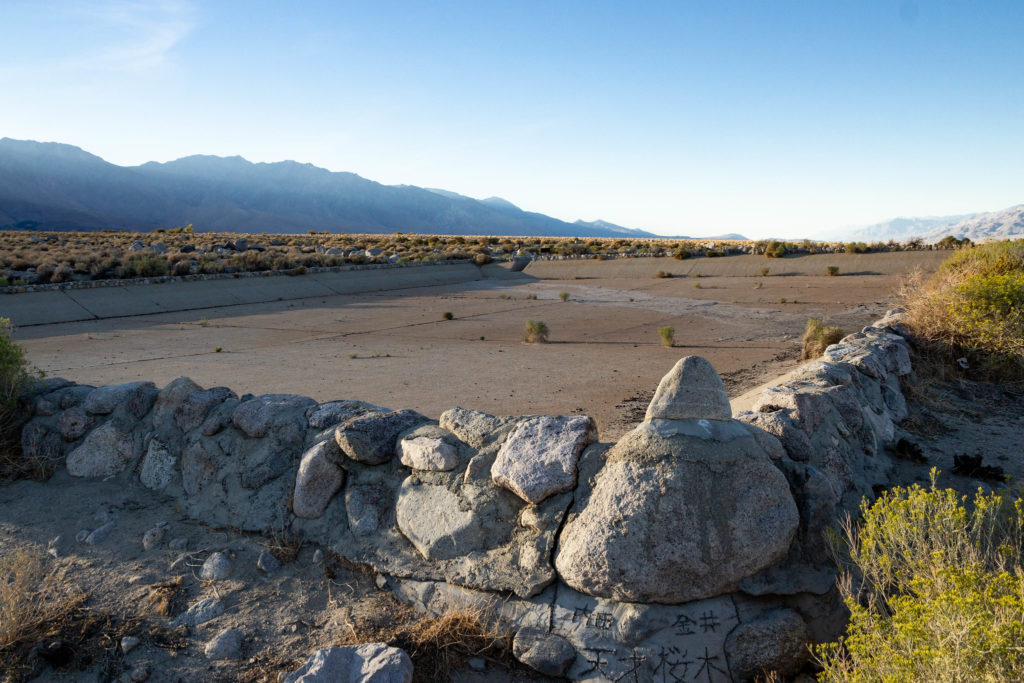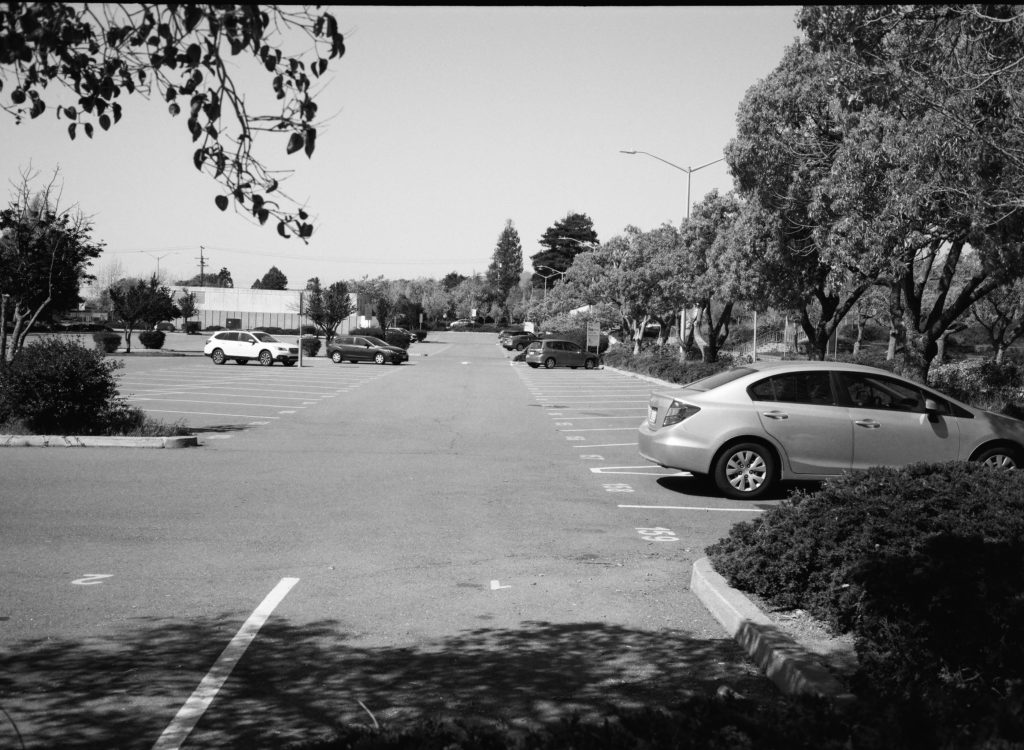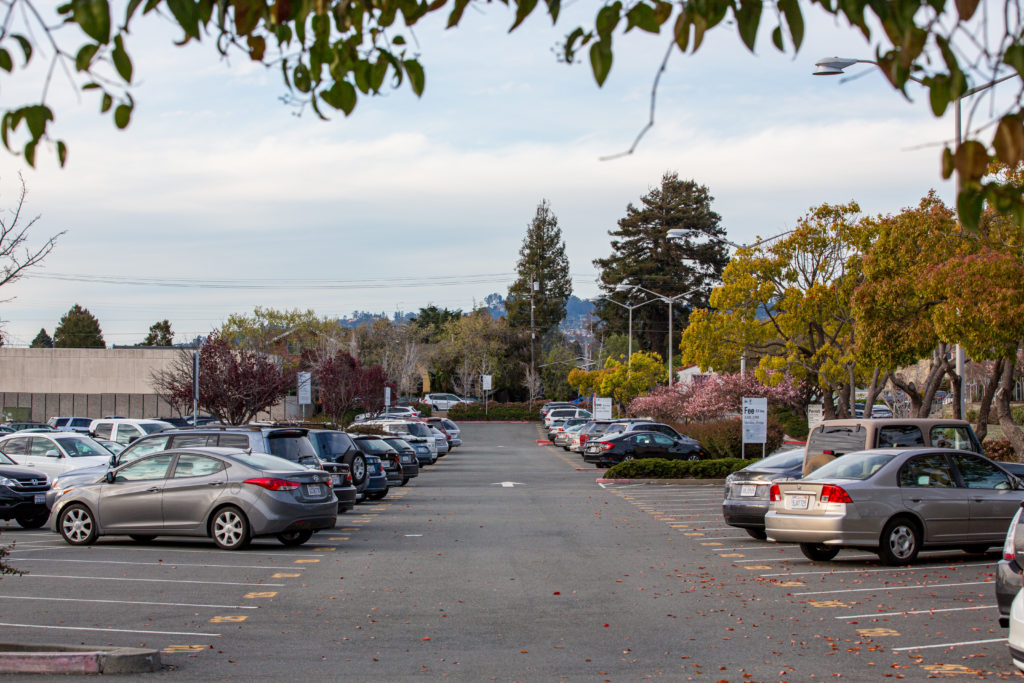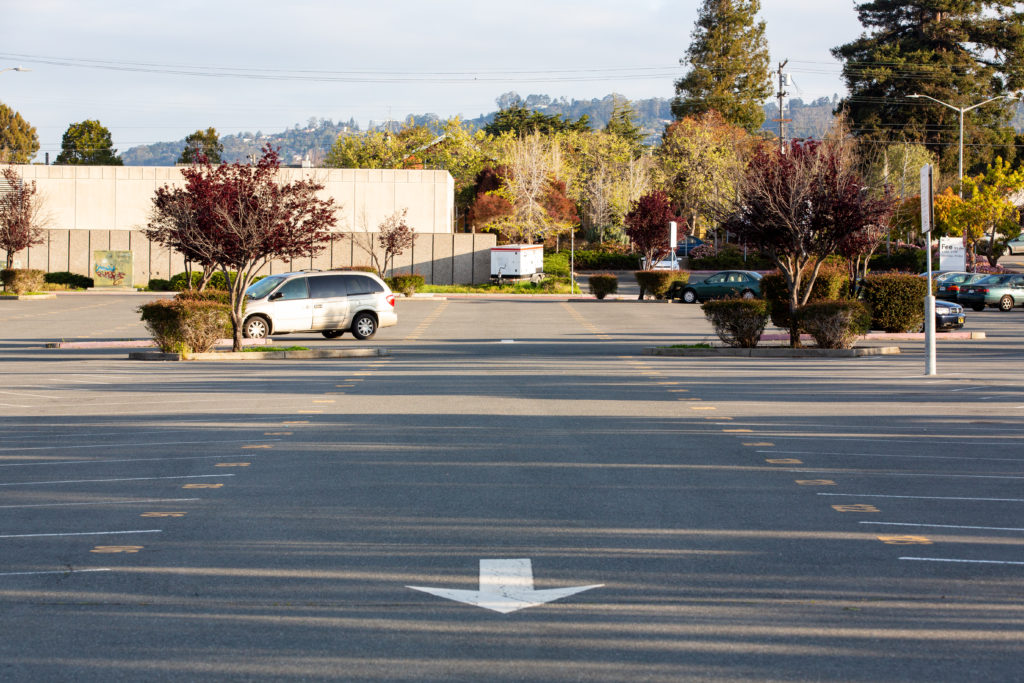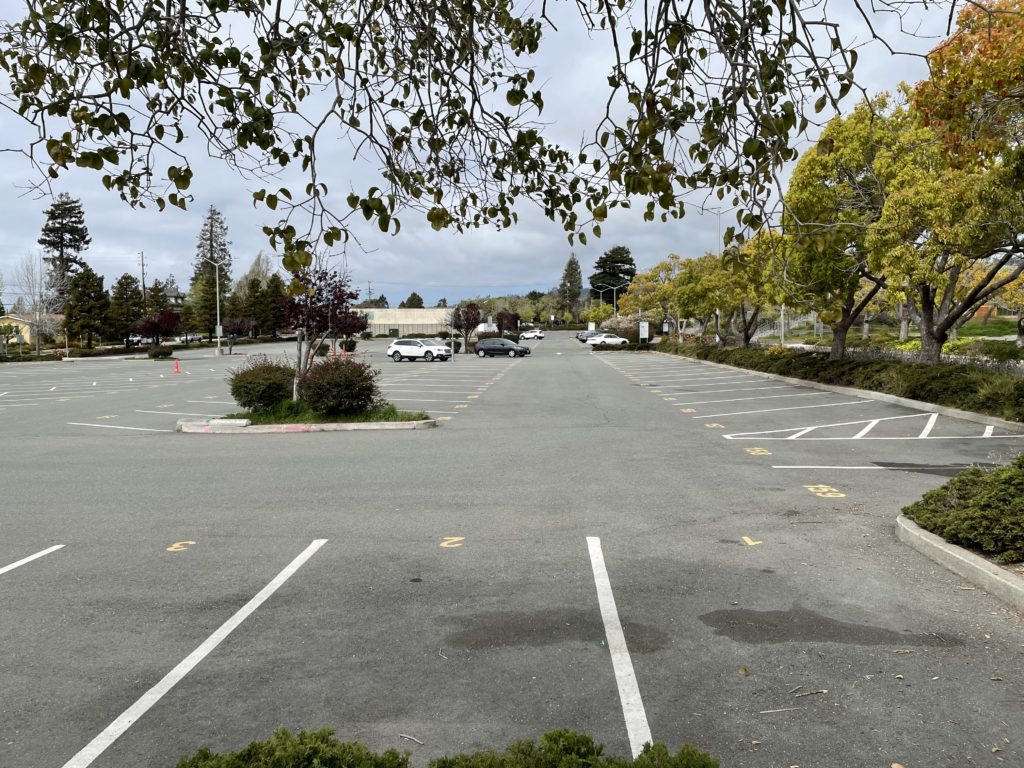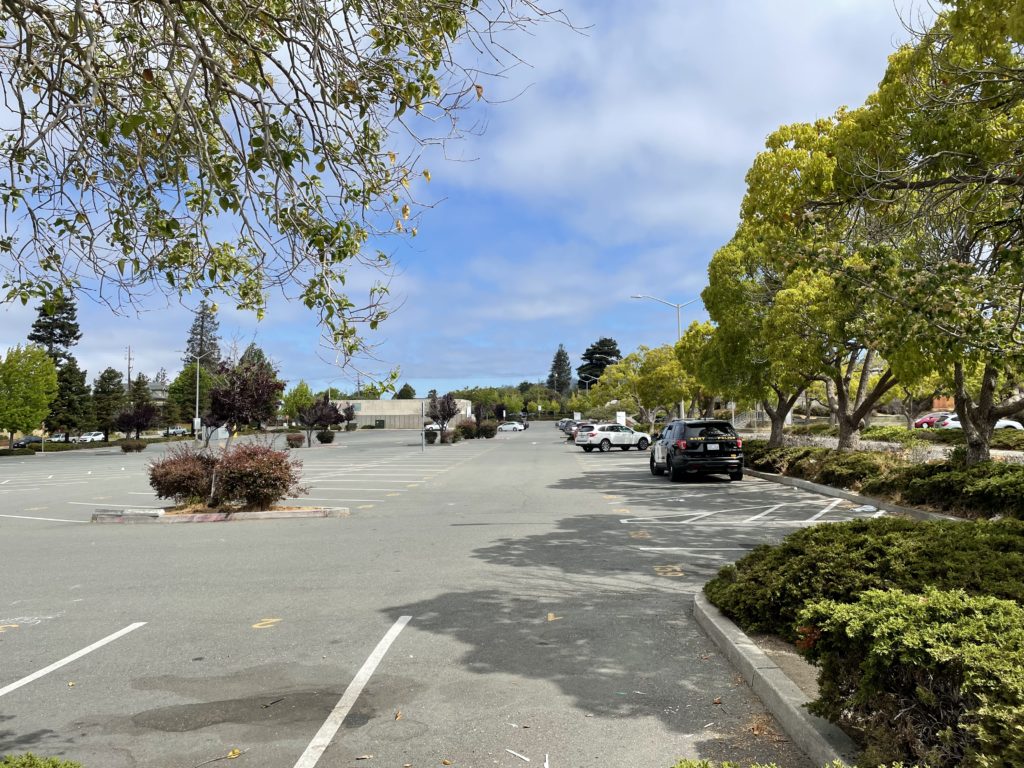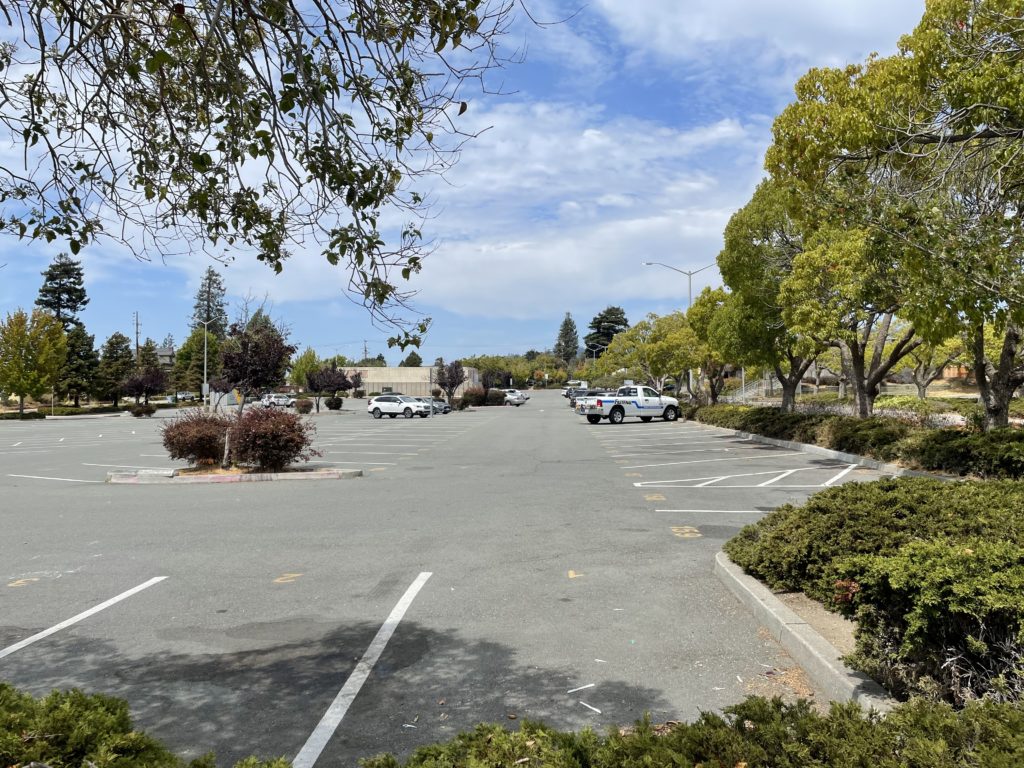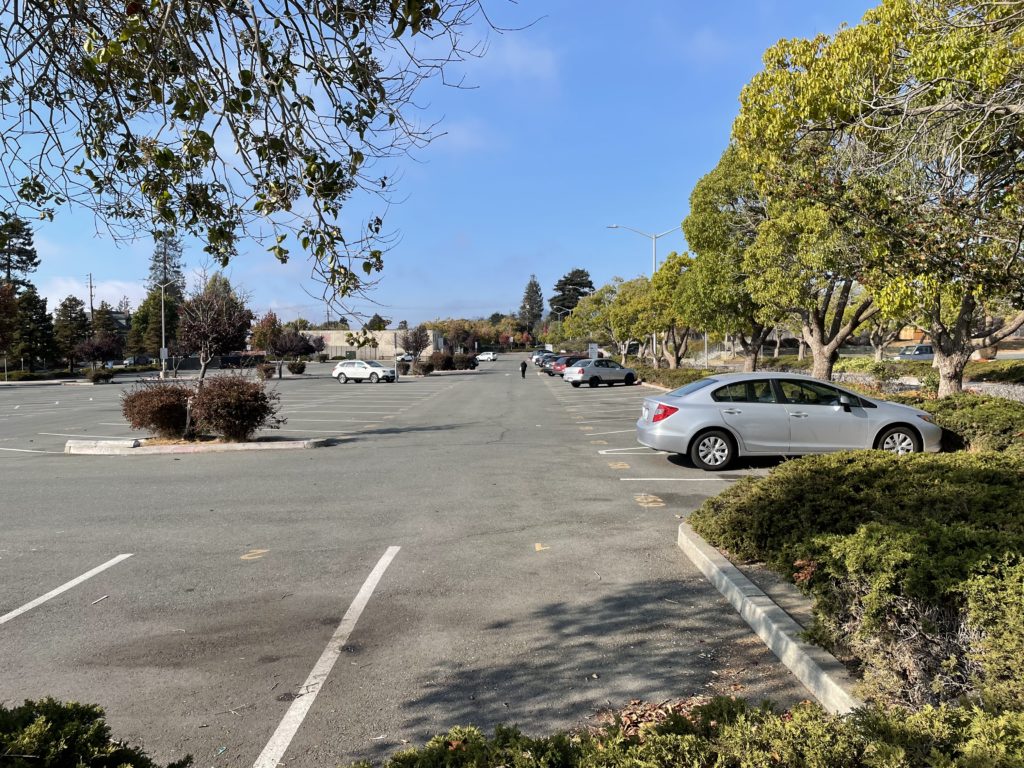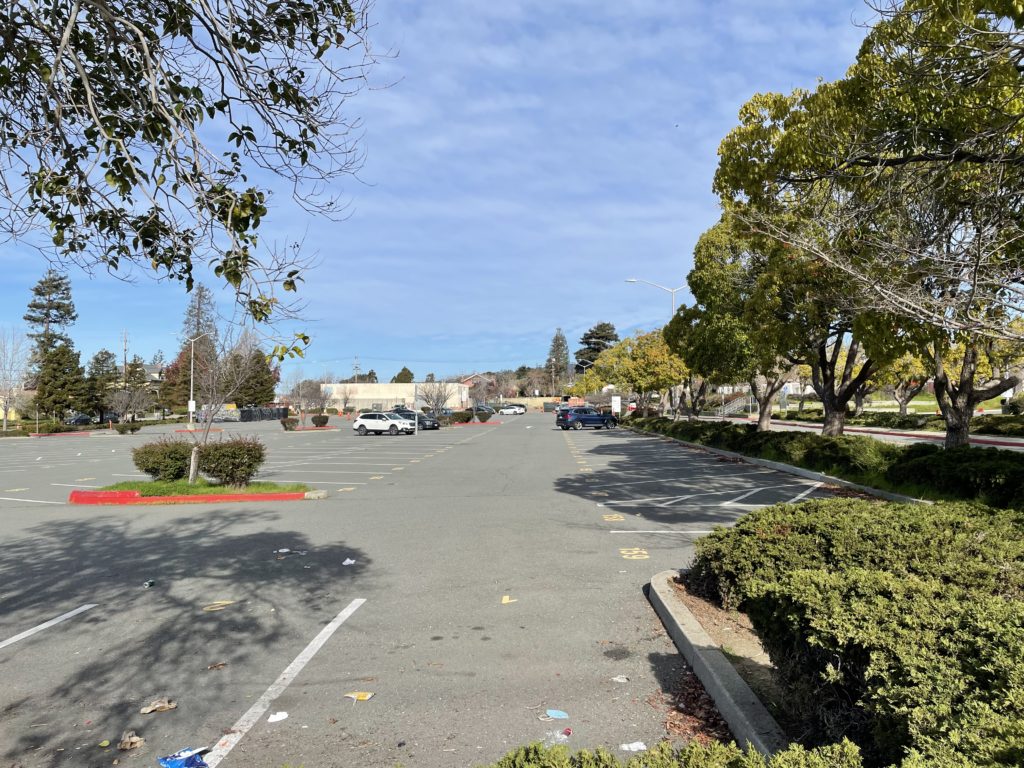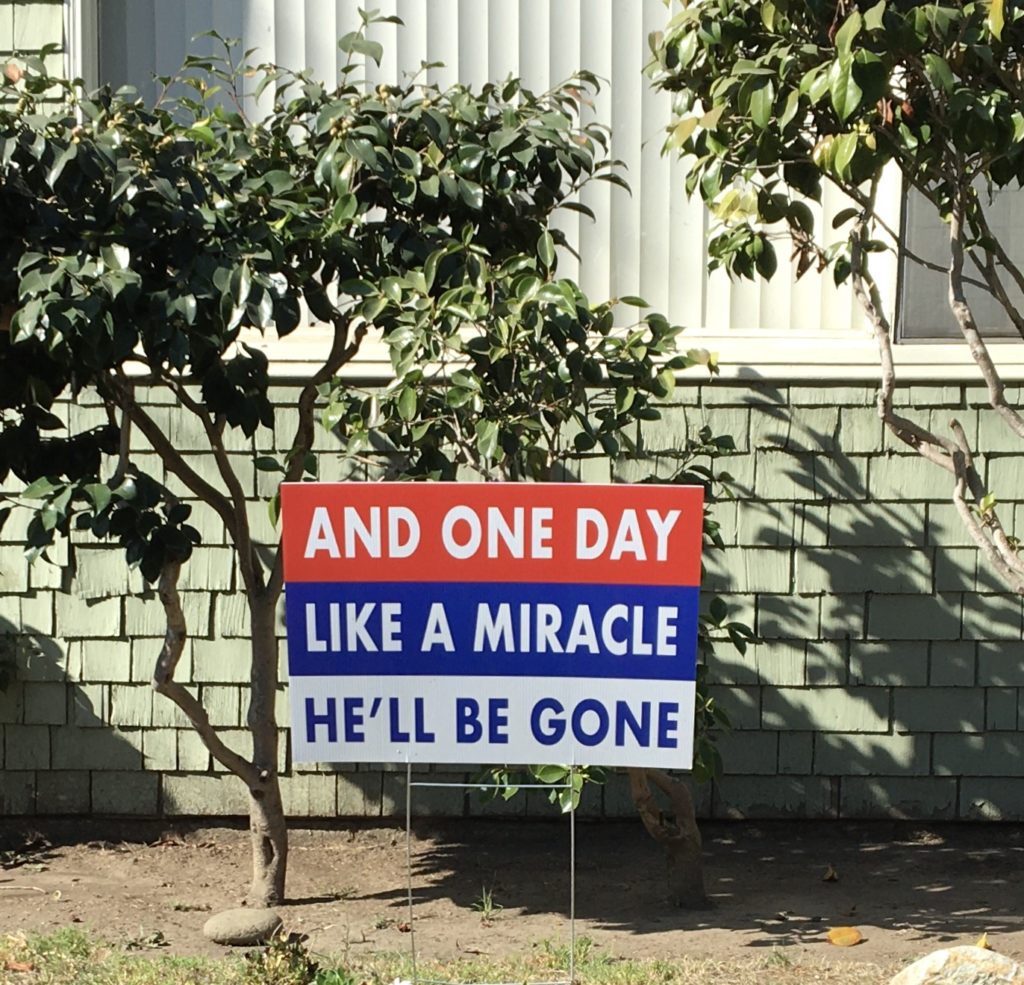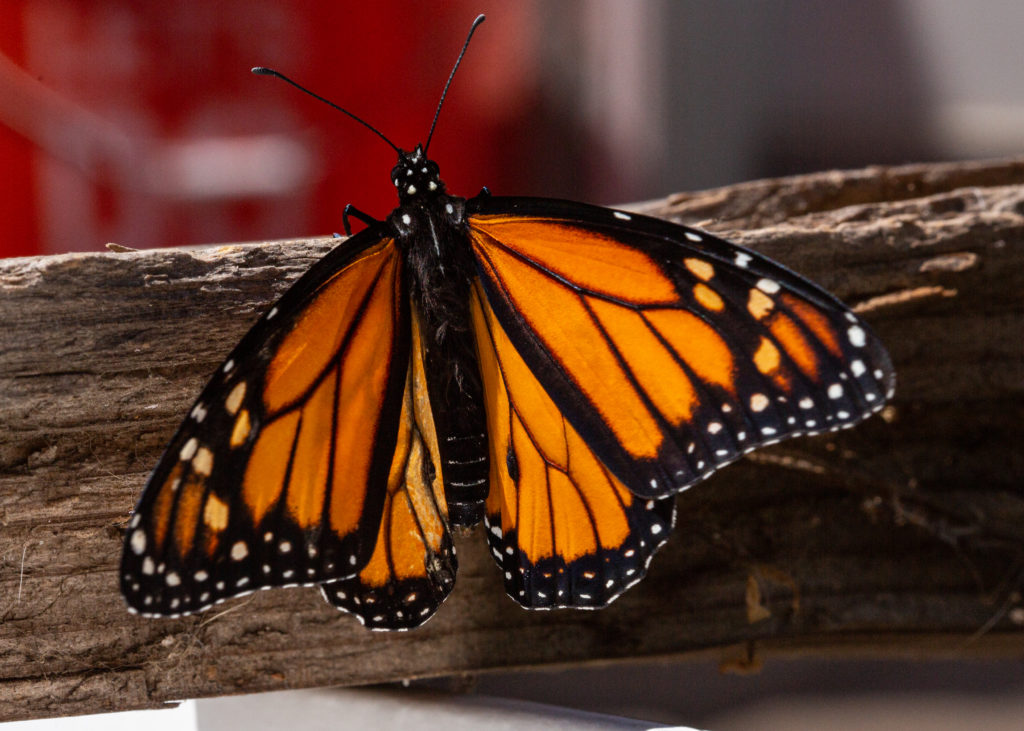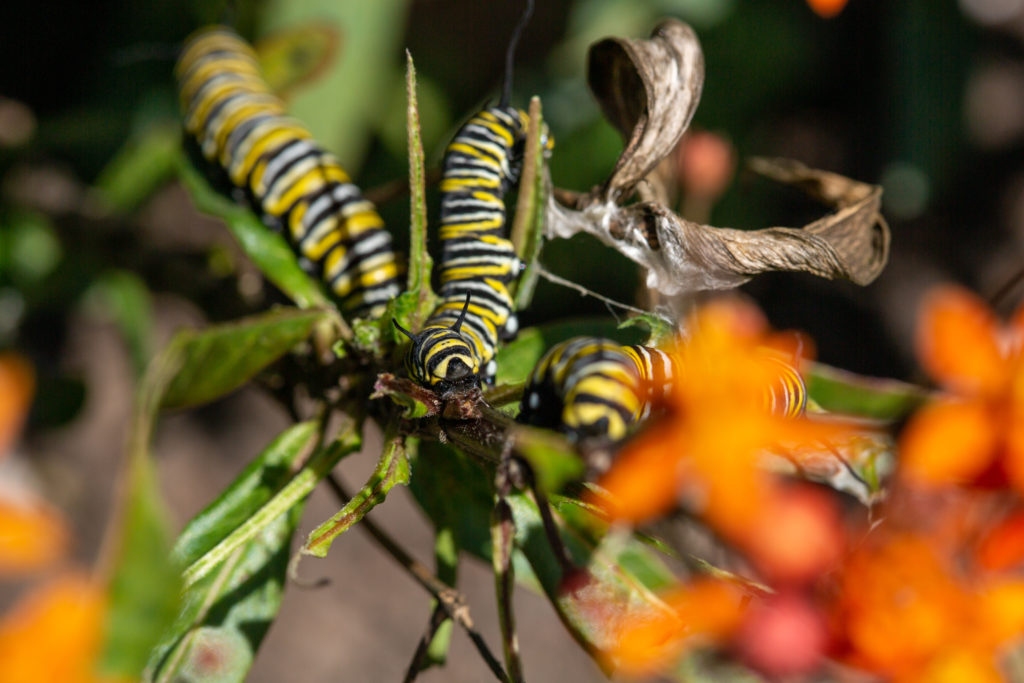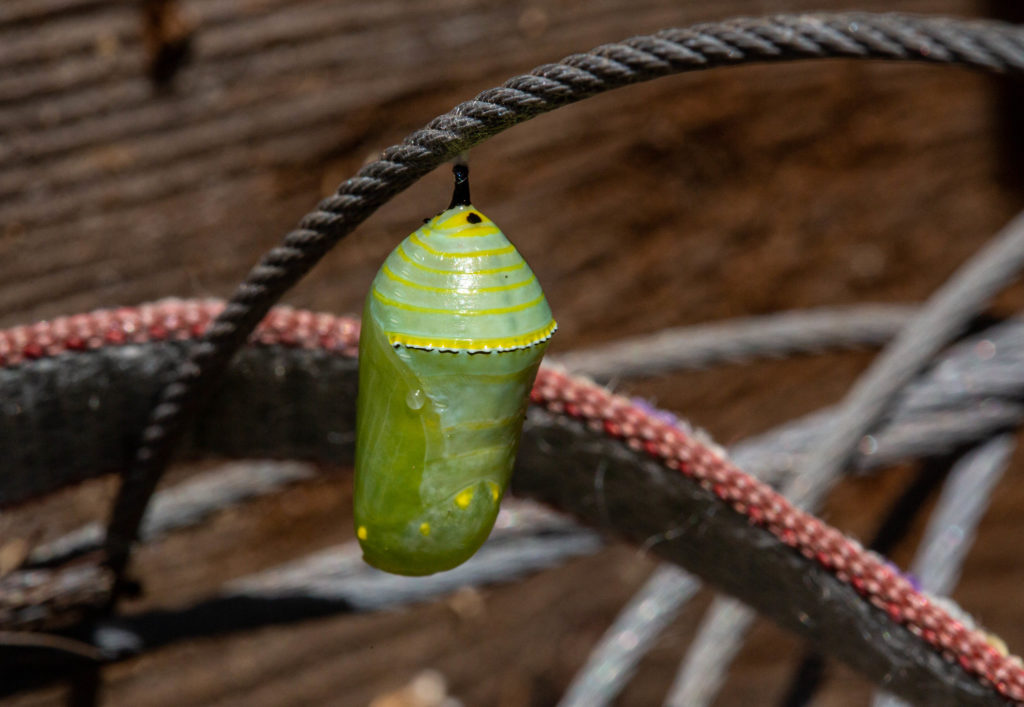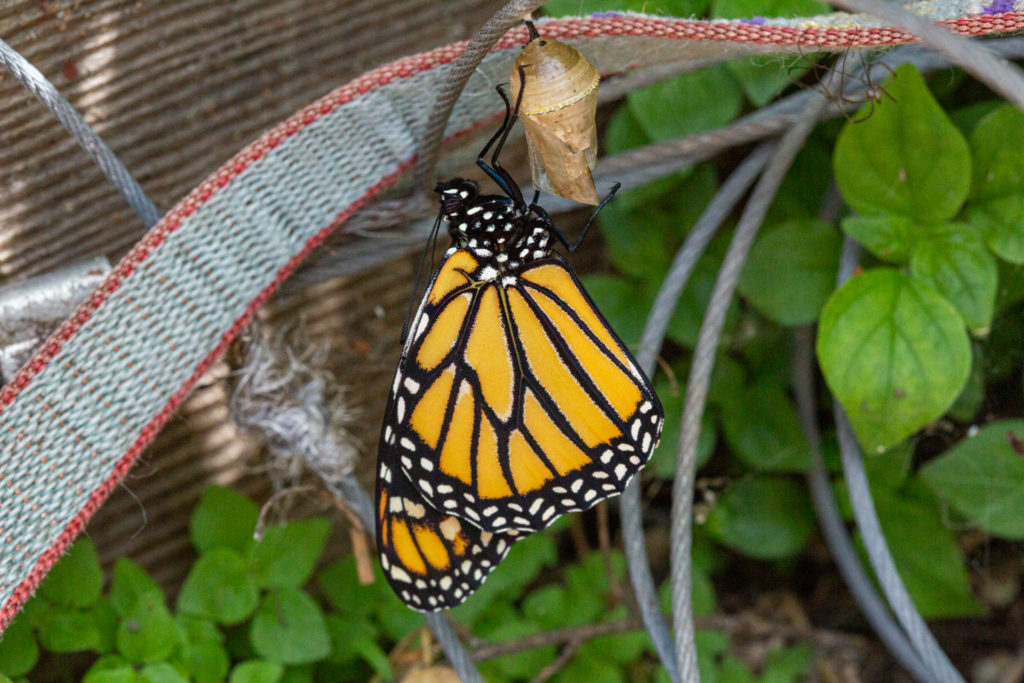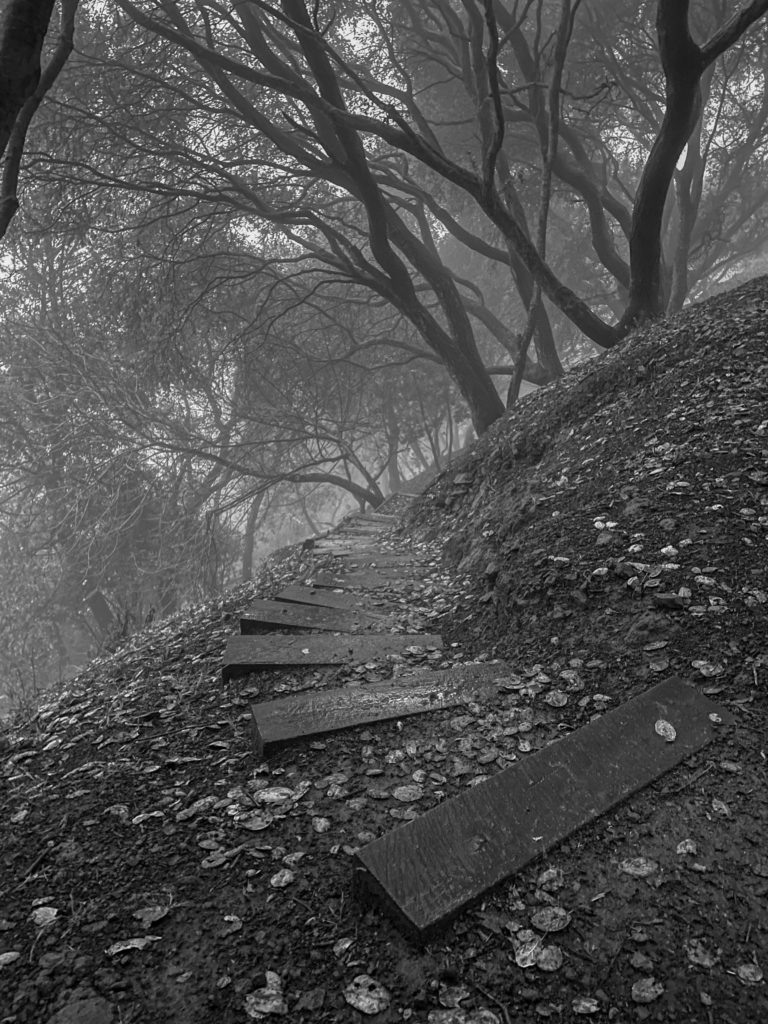
Late Guy Fawkes afternoon, the last bit of daylight before we turned the clock back an hour from “savings” to standard, I hiked up into the hills. It’s one of the best things about living here in Berkeley, the fact you can stroll out your front door and walk for miles and miles in any direction; and if you choose to head east and up, you’ll soon be far above the grid of city streets.
It was a misty, drizzly afternoon, with clouds hanging low. Less than half an hour from home, I reached the point where those clouds manifested themselves as fog and the mist and drizzle turned to on and off rain. I stopped at La Loma Park, an old quarry whose main features are a nice playground and baseball field, a working restroom, and, in clear weather, a view over the town below.
I stayed and listened. The dusk deepened and the fog seemed to dampen the noise that normally would wash up the hills from the freeway and street traffic and trains below. A single bird — a great horned owl if an app is to be believed — began calling.
After 15 or 20 minutes, I continued up the hill as it got dark, taking a series of stairways that bring you all the way up to Grizzly Peak Boulevard. Then it was downhill through the rain and fog in the dark.
All this reminded me of a nighttime walk many years ago, when my friend Gerry and I landed on the doorstep of a distant Irish cousin, Michael Joe O’Malley, for a nearly monthlong stay. This was on an island off the coast of County Mayo where at the time very few dwellings had electricity. There were no paved roads. Streetlights? No. One evening we hiked in the rain over to another cousin’s home. It might have been 10 o’clock when we departed on our return walk. The more civilized route would have been along a shore road to the dock and post office, the center of a little collection of houses. Instead, we walked up the road (a muddy track, really) over a steep ridge that led more directly to Michael Joe’s. I see from the journal I kept that the weather was clearing on the way back, and the moon was up. But on some stretches of the road, the darkness felt close and absolute, so dark, in fact, that I walked straight into a gate across the road without seeing it. It was kind of thrilling to be out alone in such a remote place by ourselves.
When we got back to Michael Joe’s, he was up listening to the BBC, as always.
“Did you walk up?” he asked. “Yeah. Up around the back,” I said.
“Around the dock?” “No, up around the back way.”
“Over the mountain?” “Yes.”
“Was it wild?”
And there was something in the way Michael Joe asked that last question that has stuck in my brain all these years without ever looking at the journal entry from that night. “Was it wild?” The way I heard it, anyway, he was asking whether we recognized what an adventure we’d just had and what we thought of it. My answer, in the moment, was, “It was beautiful.”
I have no way of really remembering what we saw as we walked “over the mountain” that night. My journal talks about moonlight on the sea, clouds scudding past, the sight of the shoreline on the mainland and nearby islands, the sound of the wind.
The Berkeley hills are not the west of Ireland, of course. Too much light. Too many cars with too-bright headlights. Houses crowded one upon the other ablaze with light. Yet that gloom in the city park and in the winding streets was wild in its own way.
